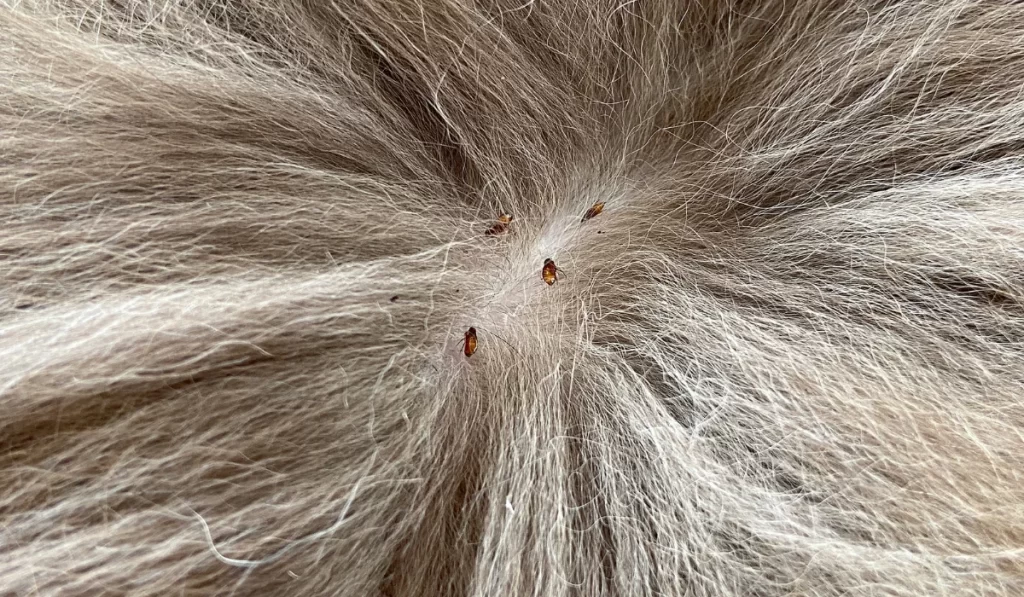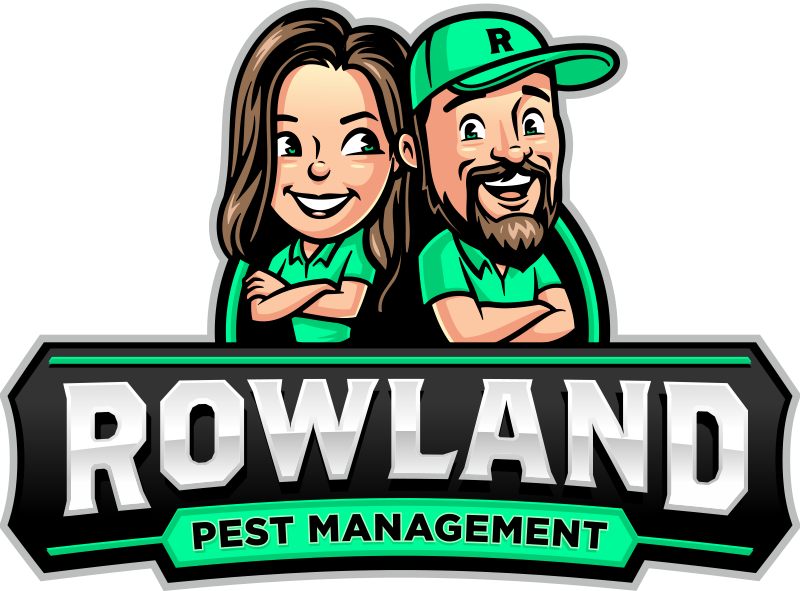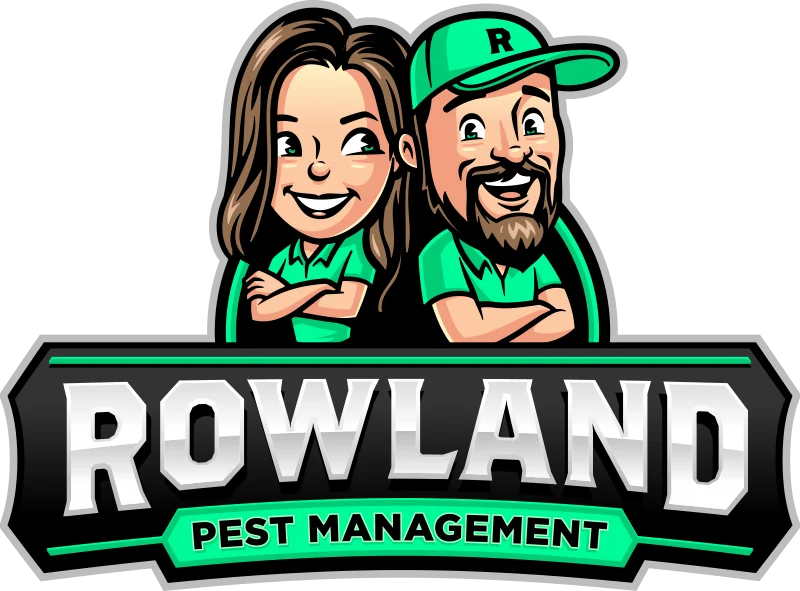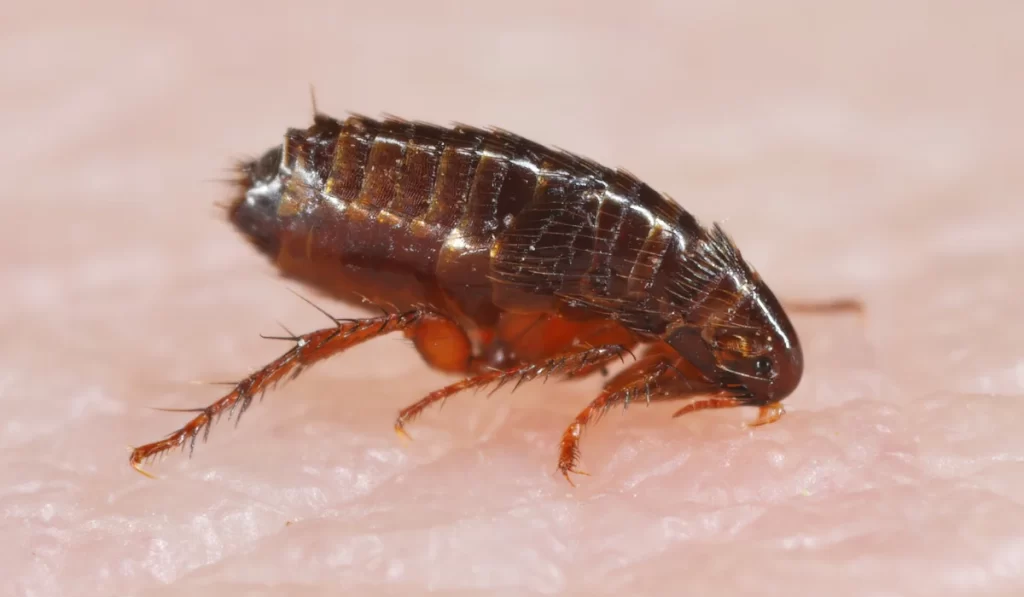Have you ever noticed your pet scratching more than usual or found tiny bites on your ankles? Flea infestations can sneak up on even the most attentive pet owners.
If you’re wondering how to spot the signs of an infestation, keep reading and learn how to tackle these pests from the get-go.
Key Takeaways
- Pets scratching more than usual and tiny black specks in their fur are common signs of fleas.
- Flea bites on humans, especially around the ankles, often signal an infestation that requires attention.
- Spotting small, jumping insects or tiny worm-like larvae confirms a flea infestation.
- Treating fleas effectively means caring for your pets and home and sometimes calling in a professional.
How to Spot a Flea Infestation in Your Home
Spotting the signs of a flea infestation requires close attention to your pets and surroundings.
You may notice unusual pet behavior, visible flea dirt, flea bites on humans, or even glimpses of adult dog or cat fleas.
Sign 1: Frequent Scratching and Grooming
Pets scratching more than usual can be a red flag. These pests tend to bite in the neck, back, and stomach, causing intense irritation due to flea saliva. This irritation leads to excessive scratching and grooming as pets try to find relief.
However, the impact of fleas goes beyond mere discomfort. As fleas feed on a blood meal, they can consume enough to lead to anemia.
Signs of anemia might include pale gums and lethargy, both serious health concerns. They can also spread other parasites like tapeworm eggs.
Sign 2: Visible Flea Dirt on Your Pet or Bedding

Flea dirt, which is actually flea feces, looks like small black or reddish-brown specks. These droppings may appear as black dots but turn reddish when wet because they contain digested blood.”
It can often be found in a pet’s fur, especially around the hindquarters. To spot flea dirt, start with a comb test.
Use a flea comb to check your pet’s fur for small black specks, especially in areas where they scratch frequently. Place any specks on a damp paper towel or white socks.
If they turn reddish, it’s flea dirt from digested blood. Regularly inspect your pet’s fur to catch these signs early and prevent a full infestation.
Sign 3: Flea Bites on Humans
Flea bites on humans are a common indicator of an infestation. These are often overlooked until the discomfort becomes undeniable.
Unlike bed bug bites, their bites typically manifest as small red bumps with a distinctive halo. They frequently appear around the ankles and lower legs.
For some, the reaction may be more severe, causing hives or even an allergic reaction that requires medical attention.
Sign 4: Flea Sightings in Your Home
Spotting fleas in your home is one of the most unmistakable signs of an infestation. Adult fleas are tiny, usually reddish-brown, and about the size of a pinhead, making them difficult but not impossible to detect.
Seeing adult fleas suggests that they have established themselves in your home. Alongside them, other stages in the flea life cycle can coexist.
Flea larvae, which are small, worm-like, and pale, feed on organic debris. On the other hand, pupae, encased in protective cocoons, are almost impervious to many treatments.
If left untreated, their population can rapidly multiply, leading to a problem that can be hard to break.
Sign 5: Hair Loss or Skin Issues in Pets
Hair loss or “flea allergy dermatitis” could suggest fleas. Pets might lose patches of fur.
When observing skin issues, look for bald spots around the tail, hindquarters, and neck.
Red patches may suggest irritation or dermatitis from flea bites. Scabs often result from persistent scratching.
Sign 6: Unusual Behavior in Your Home
These bloodsucking pests don’t just disrupt your pets. They can cause widespread discomfort, allergic reactions, and unease throughout your home.
Female fleas tend to lay eggs in hidden places, such as carpets, furniture, and the smallest cracks in floors and walls.
Once they’ve established a foothold, their presence can lead to a rapidly spreading infestation. This can cause irritation and discomfort for everyone, making your home feel less safe and clean.
What’s the Best Way to Get Rid of Fleas?
Getting rid of fleas requires addressing both your pets and your home environment. You need to treat both to stop the infestation effectively.
Flea Treatment for Your Home
To tackle fleas in your living spaces, focus on thorough cleaning and specific treatments. Flea eggs and larvae can be anywhere. So, here’s how and where to start:
- Vacuum Regularly: Focus on carpets, rugs, and upholstery.
- Wash Fabrics: Use hot water for pet’s bedding, linens, and pet items.
- Commercial Treatments: Apply products like sprays or powders.
- Natural Repellents: Consider diatomaceous earth or oils such as lavender.
- Professional Services: Call in experts for persistent infestations.
Flea Treatment for Your Pets
When pets have fleas, they need targeted treatment. Options for year-round flea prevention and control include:
- Topical Treatments: Apply directly to your pet’s skin.
- Oral Medications: Available over-the-counter or by prescription.
- Flea Collars: Effective for ongoing flea control.
- Flea Shampoo: Useful for severe cases.
- Regular Grooming: Use a flea comb to check and remove fleas.
When to Call a Pest Control Professional
If you or your family members have itchy red bites, especially around the ankles, it might be time to call pest control. Fleas may cause these bites, leading to more serious health issues.
Professionals can offer thorough inspections and treatments to tackle your flea problem. They will use specialized equipment and products to target fleas at all life stages.


